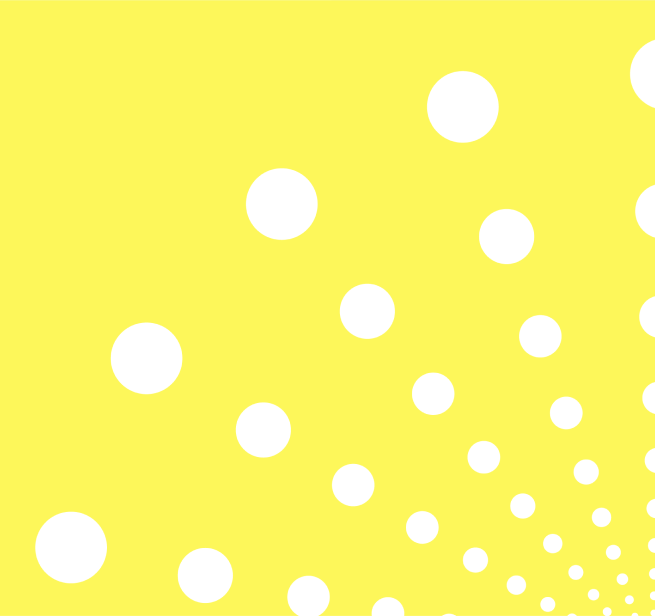Learning journey to The Hague: Three observations on urban innovation policy
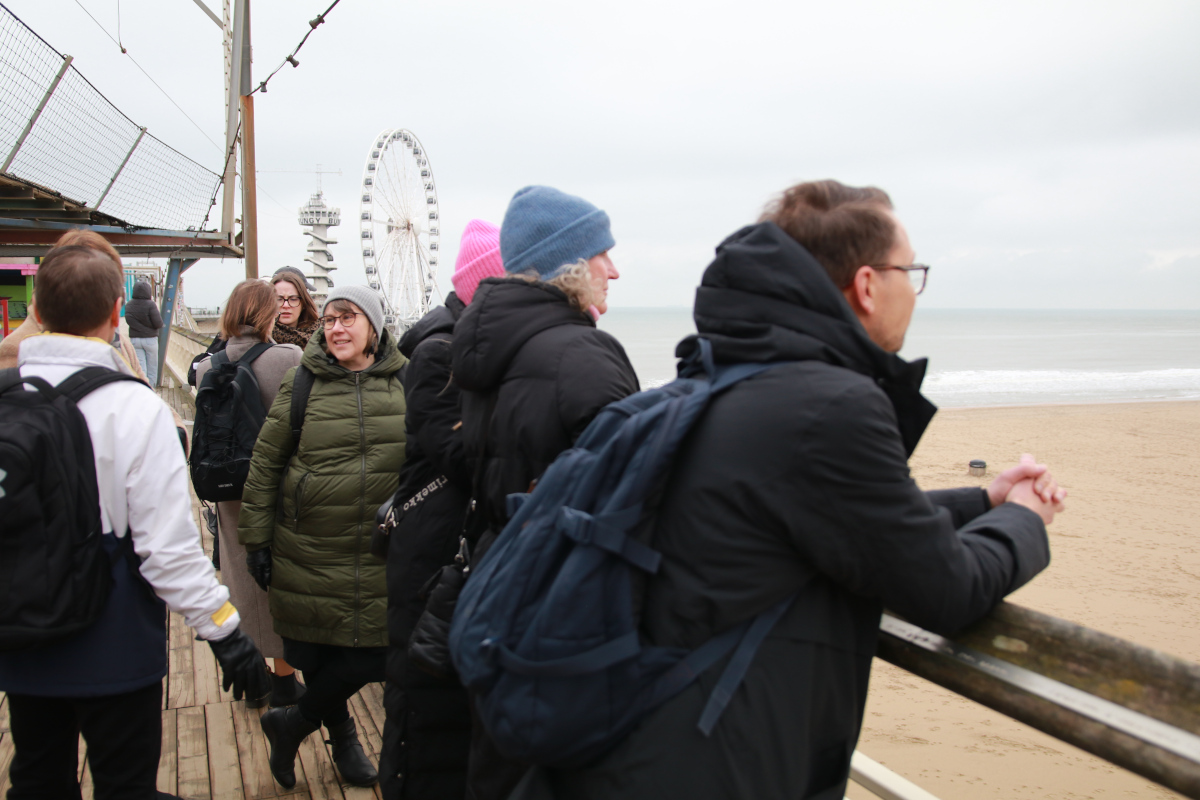
The ecosystem developers of Innocities made an excursion to The Hague. Known for its institutions as the city of international peace and justice, The Hague also combines business and making a better world at the core of its economic activity. This practical implementation led the participants from Innocity to consider the possibilities of mission-oriented approaches.
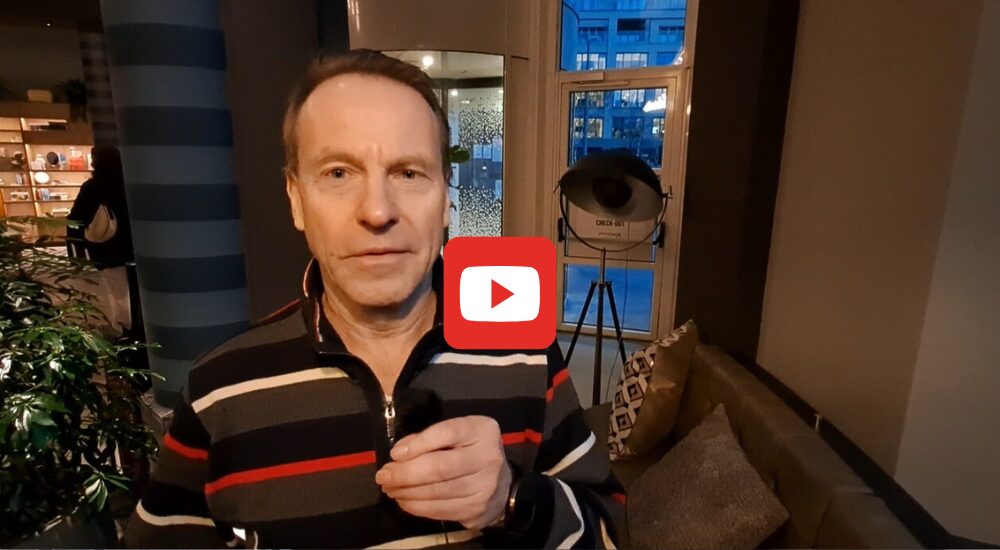
1. Ambitious goals and solution-oriented approaches inspire
The Dutch know how to set goals. The clarity of the goals and the concrete, solution-oriented approach resonated with the Finnish participants. In our reflections, words like economy, speed, and hunger were mentioned when we talked about goals and working towards them. A good example of this was the investments made by Innovation Quarter in selected ecosystems.
We concluded that it is partly semantics whether we talk about missions, goals, or even visions. What is important is that the objectives are clear enough but still flexible to unite and activate actors in the same direction. Commitment is also reflected in funding.
We couldn’t avoid comparing the mission-oriented approach to the decision made in Finland to increase R&D investments to four percent of GDP. While it has activated various R&D actors, it does not yet provide much direction for joint efforts. However, for example, cities’ climate goals guide activities, and in terms of energy solutions, we are ahead.
According to Mazzucato, missions are achievable steps towards larger challenges and require cooperation between different actors. The extent of cooperation and investment in it impressed us, whether it was European, national, or local cooperation. Our impression was that things are done more fragmented in Finland, even though they could be combined under the same umbrella as part of common goals and larger entities.
2. From administrative capital to sustainable innovation city
The Hague has about 560,000 inhabitants and is the third-largest city in the Netherlands. The city faces challenges related to energy use and climate change, but also social challenges such as social segregation and increasing poverty. Population forecasts predict that 100,000 new residents will move to The Hague by 2040.
At the heart of urban development is the strategy Work, Learn & Innovate, which reflects the city’s development as an intersection of various functions. The Central Innovation District plan, which expands the city center, brings these functions together in a central area between three existing railway stations with over 40 construction projects. The scale is impressive, with development areas equivalent to five Hiedanranta areas in Tampere. The city’s renewing center creates conditions for the administrative capital to transform into a center of education, innovation, and business.
Sustainability thinking is realized in the renewing urban environment by favoring light traffic and transitioning from natural gas to geothermal energy. Car parks are built underground, and a car-sharing system encourages sharing vehicles.
More interesting than individual solutions was the way the urban development of the Central Innovation District was tied to economic development, and vice versa. The people of The Hague designed the change themselves, moving from local economic policy to urban innovation policy, where innovation activities are a means to accelerate solving urban challenges. In practice, this means strengthening the connections between innovation activity locations, various programs, and partners in The Hague.
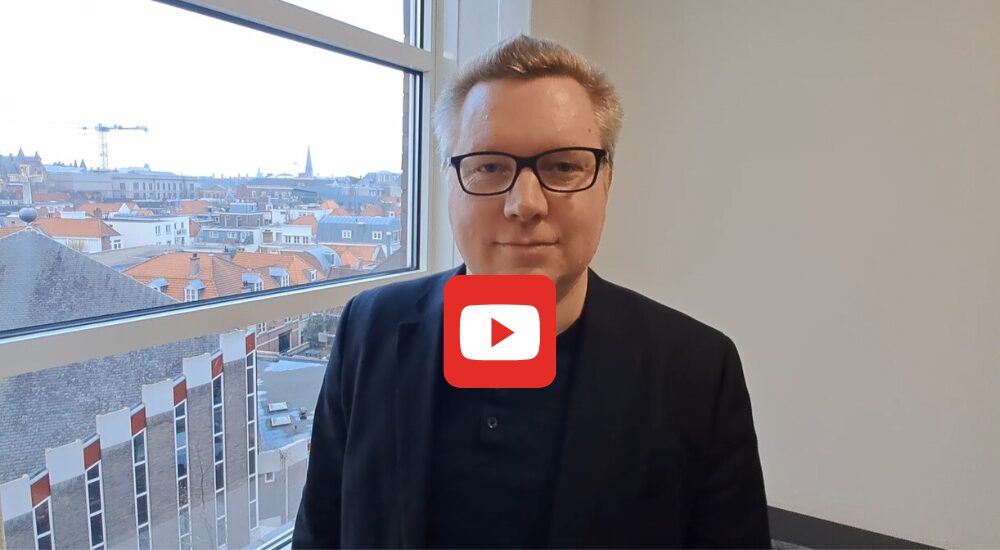
3. Playing chess on multiple boards
Mission-oriented activities require the strategic planning, programming, implementation, and practices of several people in the same direction. For the actors, it is a bit like playing chess on multiple boards at the same time. While solving societal challenges like climate change, you also have local problems and implementation issues to address.
The trip was a good reminder that the multi-board chess described above is cooperation in many directions. And it takes time. People do not commit instantly, and in networks, things are owned by the people named to them. For example, Deal Makers in City Deals or Case Owners in Living Lab Scheveningen. And just as important as developing a solution is ensuring that the solution is also of interest on the decision-makers’ chessboard.
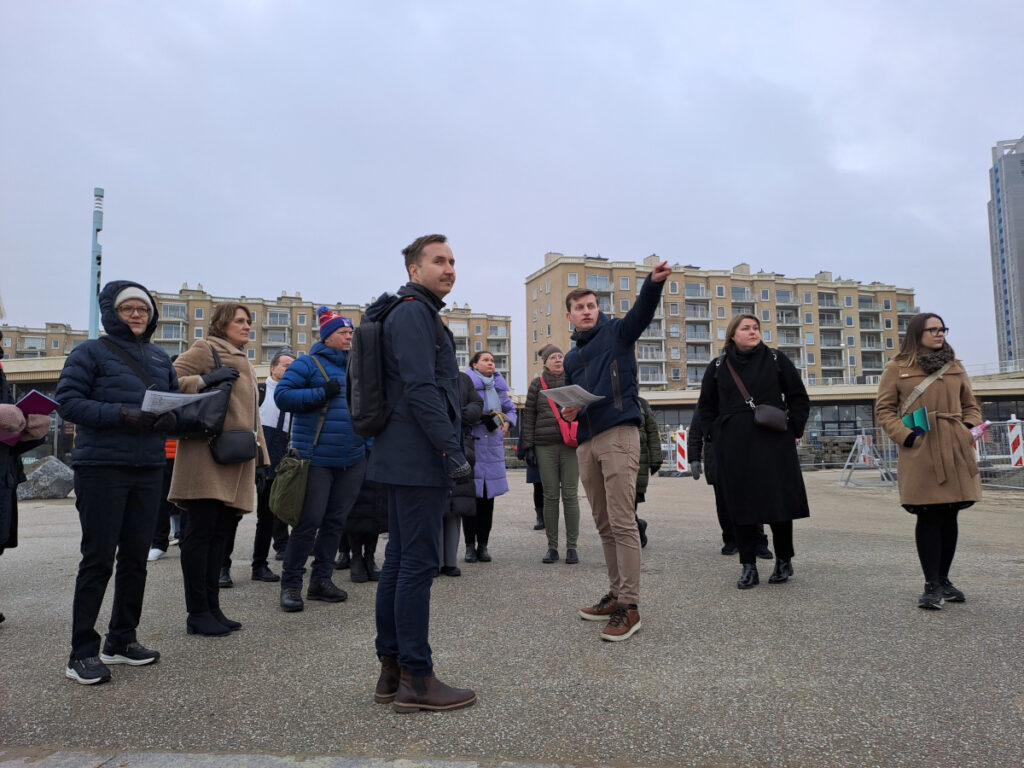
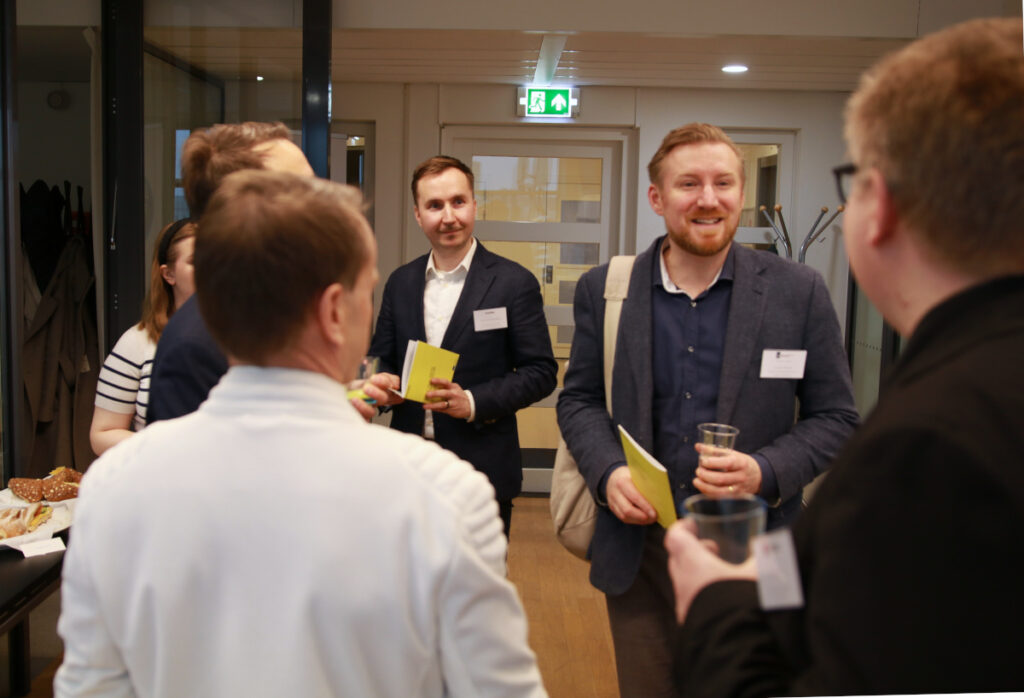
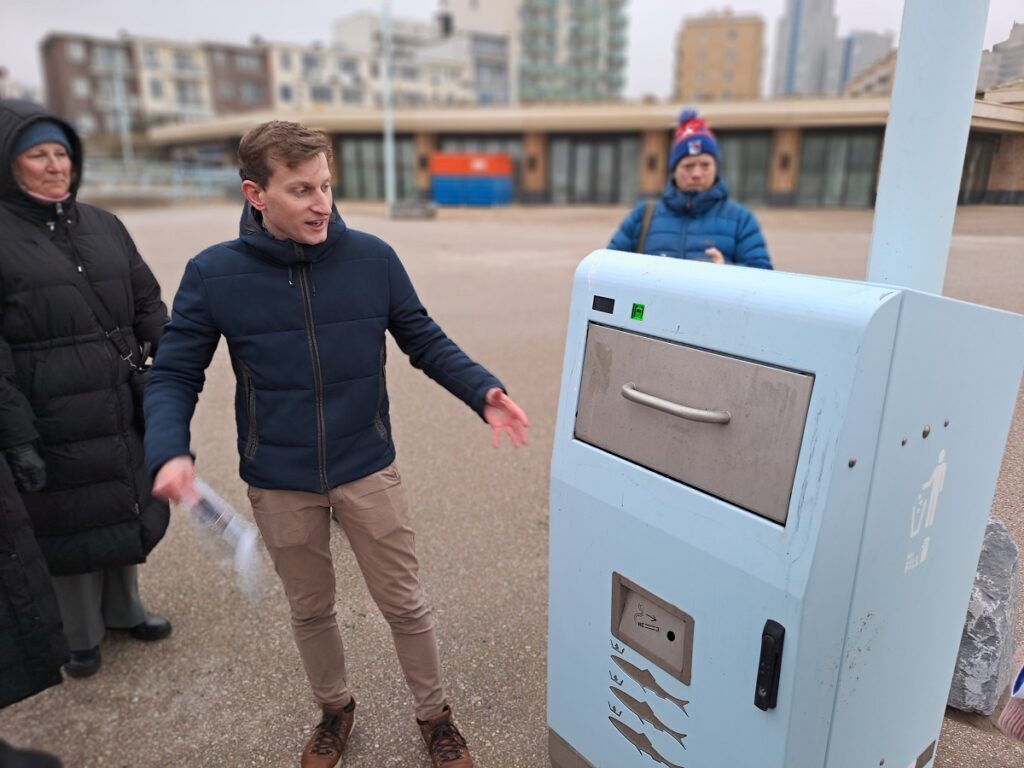
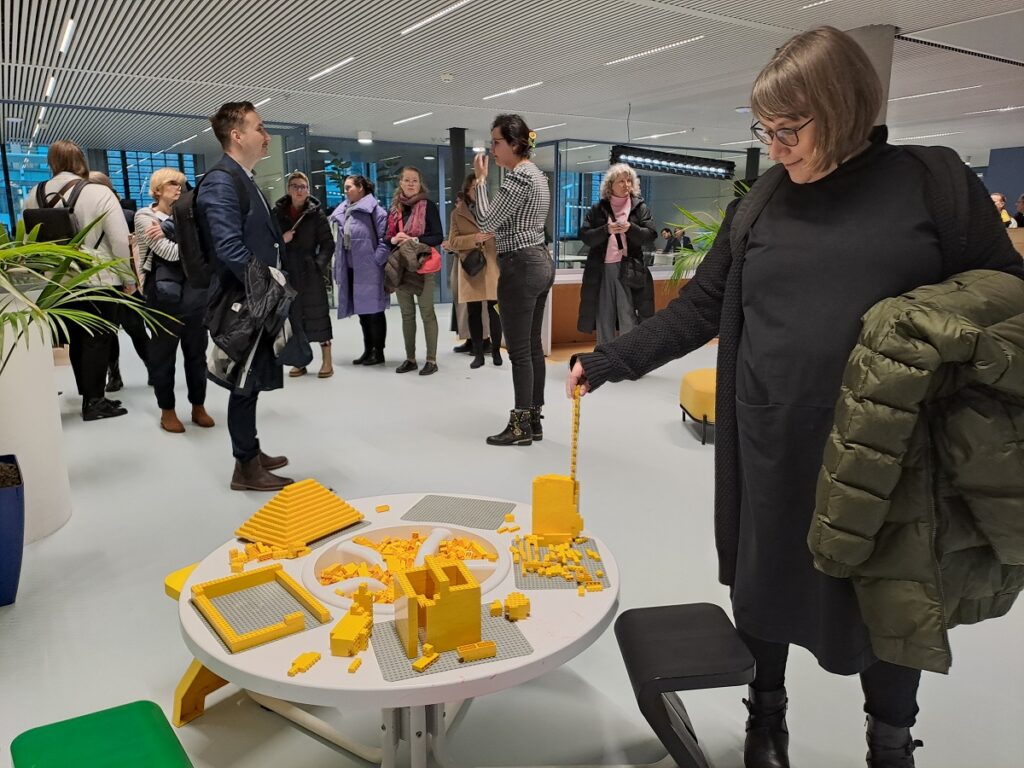
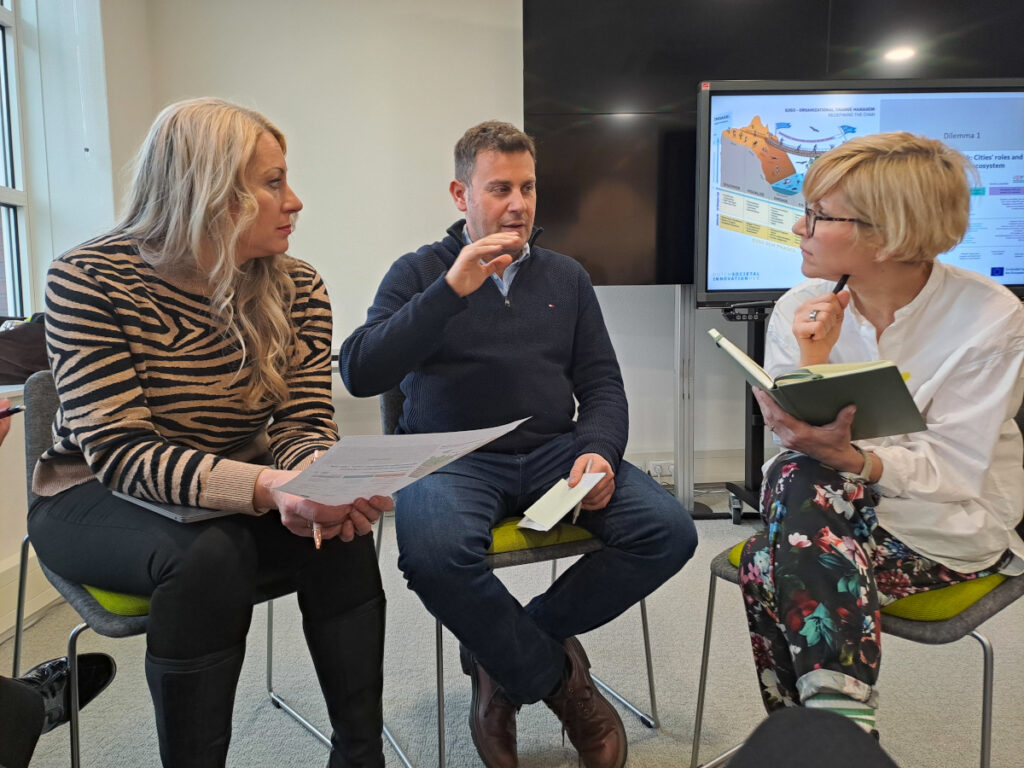
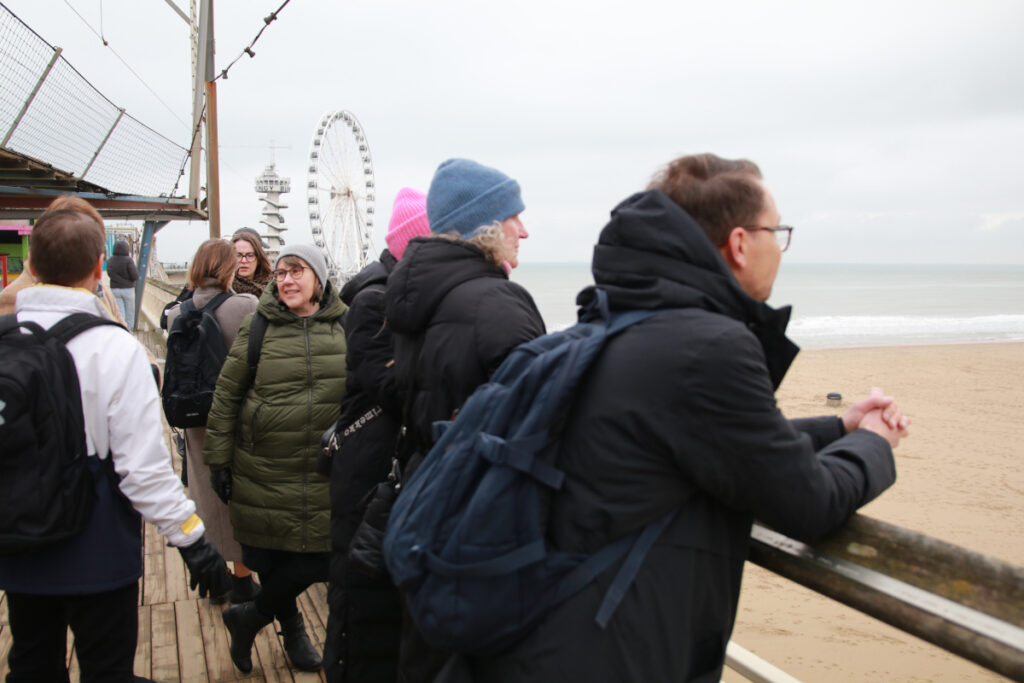
What was it all about?
The goal of the trip was to get acquainted with the mission-oriented innovation and urban policy of the Netherlands at a practical level.
The trip included 25 ecosystem developers who work daily to improve the business environments of companies and the ability of cities to respond to their problems.
The opportunity to reflect on one’s thoughts with others and to talk and articulate one’s work was an important part of the trip. So, thanks again to the participants for the fruitful discussions and your active contributions!
You can find the presentations of the excursion to The Hague on the event page: Learning Journey to the Netherlands – Innokaupungit
